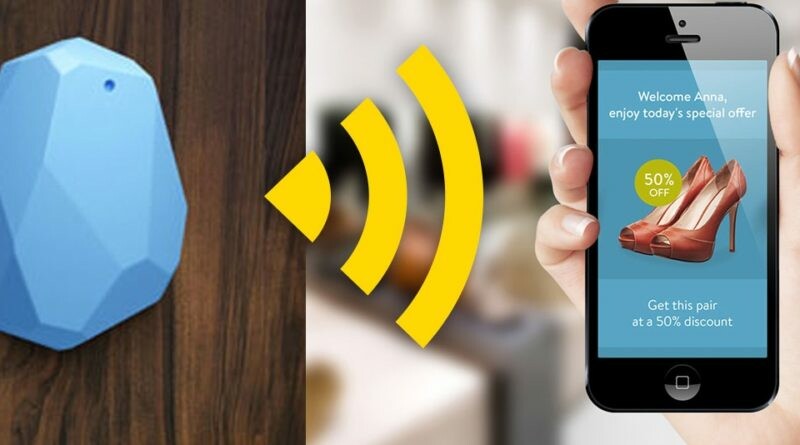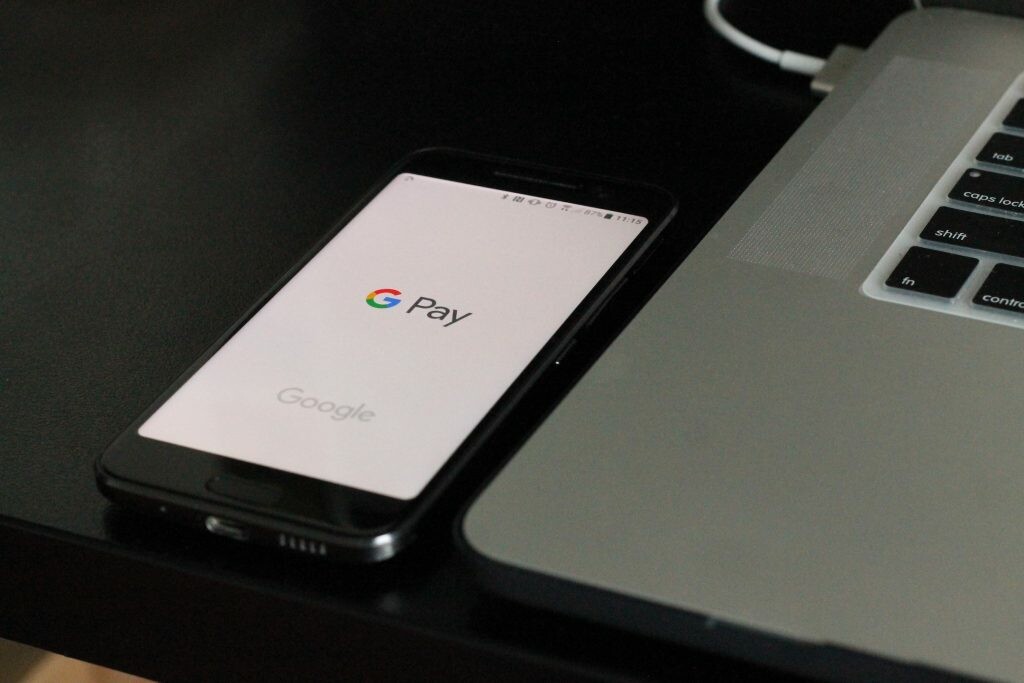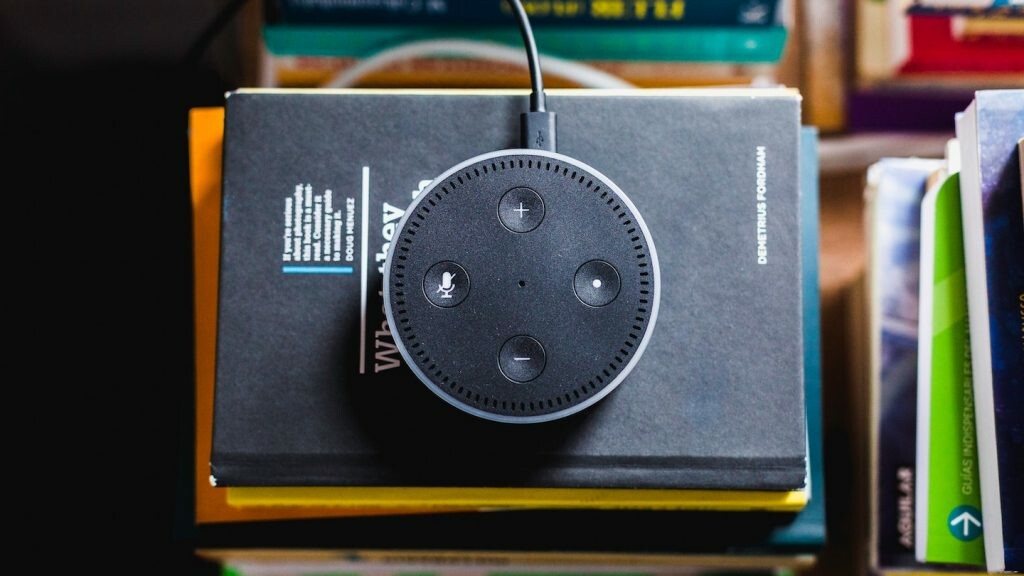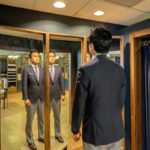The entire retail industry has been gearing up for the biggest and most wonderful time of the year: the holiday season. The National Retail Federation expects the aggregate of retail sales in November and December to hit an all time high, likely falling in a range from $717.5 billion to $721 billion.
National retailers have been preparing for their busiest and most profitable season of the year by hiring extra staff, creating seasonal merchandise, and (most importantly) developing in-store marketing and efficiency strategies.
This year’s biggest trends in technology will play a significant role in retail locations by improving holiday shoppers’ in-store experiences. Technology integrations in brick-and-mortar stores will personalize retail visits, provide key consumer insights, and streamline the immense traffic forecasted for the season.
Here are the three tech devices your shop needs to survive the holiday shopping season:
- Beacons

Personalization has been one of the most popular topics in the modern retail industry; today’s retail experiences are all about connecting directly with consumers and making shopping convenient for them. As Terry Lundgren, executive chairman at Macy’s, told Forbes, “The whole concept of personalization is simply on steroids right now.”
Though personalization has already been a standard tool for online retailers, utilizing beacon technology makes it readily available for brick-and-mortar locations too. Bluetooth low-energy beacons, simply referred to as “beacons,” are transmitters that broadcast their signal to nearby mobile devices and are capable of interacting with them when in close proximity. With the use of beacons, your store can be prepared to greet customers by name from the moment they walk into the store, and be able to provide a pleasantly engaging customer experience. Beacons can help your store stand out from the rest.
Beacons are most commonly used for on-the-spot advertising. As soon as a consumer approaches the shop within a specific distance, a store can trigger an ad that’s sent directly to their mobile phone. For example, a potential customer may intend to do a bit of gift shopping at a store nearby, but after receiving an irresistible promotion from your shop, she’ll be more inclined to stop in to purchase a few gifts for herself.
2. In-store mobile tools
In the United States, it’s predicted that more than half of all online shopping will be completed on mobile phones by 2020. In order to leverage this trend for in-store operations, stores can also go mobile-first. By tapping into tools like tablets, mobile point-of-sale systems, smartphones, scanners and other mobile devices, stores can provide customers with the mobile-equipped experiences they’ve come to expect.
Mobile point-of-sale solutions have been shown to improve transaction efficiencies by minimizing wait times and stationing transaction points in areas of the store with high traffic. According to BizTech Magazine, research has shown that that many consumers are likely to walk out of a store if checkout lines are too long. Mobile POS systems allow store employees to check out customers as they wait in line or immediately after selecting a product, which decreases check out times and increases sales. It’s likely that speedy service is at the top of the wishlist for this year’s holiday shoppers, so minimize their holiday stress through the convenience provided by mobile tech tools.
3. Voice Assistants
With devices like Amazon Alexa, Google Home, and Apple’s Home Pod rising in popularity, consumers have come to depend on them to purchase consumable goods. Voice assistants have become a major facilitator for e-commerce shopping. In fact, 57 percent of consumers who own voice activated speakers have used them to purchase something, according to a recent report by SearchEngineLand.With over 20 million smart speakers in the homes of today’s consumers, they will prove to be a force to be reckoned with in retail.
Digital speakers can also be beneficial on the shelves of retailers in categories such as fashion. 1-800-Flowers CEO Chris McCann told Forbes that “Voice enables us to have a one-to-one relationship with customers on a massive scale.” Voice-enabled technology allows retailers to deliver a more personalized customer experience and deliver a true one-to-one relationship. At the same time, use of voice assistants in physical stores allow sales associates to be more efficient in providing helpful information to customers. Retail experts predict that brick-and-mortar stores will soon incorporate this technology in dressing rooms or displays on the sales floor. With an influx of customers soon populating your retail location, the holiday season is the perfect time to integrate voice technology. From dropping off sizes in the fitting room to providing information on products and their availability, voice assistants can ensure the holiday shopping experience is free of “bah-humbug” moments.
- 3 Retail Tech Trends Your Pop-Up Shop Needs This Holiday Season - November 6, 2018







